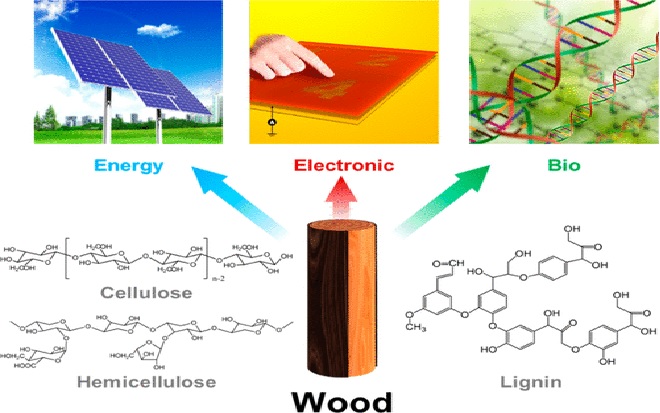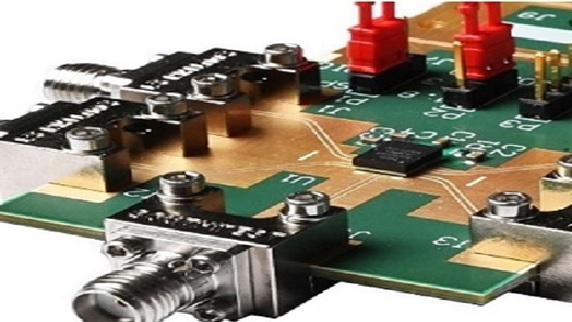Wood-derived Biosensors for Wireless Devices
Wood-derived materials can be used to harvest electrical energy from everyday movements such as walking, according to University of Toronto and University of Waterloo researchers. In a new study recently published in Nano Energy, the team demonstrated the use of lignocellulosic nanofibrils – derived from tree bark – in a prototype self-powered device capable of sending a wireless signal to a smartphone via Bluetooth. Such devices can be used to track biometric data such as heart rate, oxygen levels or skin conductivity. The innovation could improve the performance of these devices while lowering their environmental impact.

Figure 1. Wood-derived Biosensors for Wireless Devices
Figure 1 shows “Biosensors are frequent in wearable electronics, however right now they’re powered by batteries,” says Ning Yan, a professor within the division of chemical engineering and utilized chemistry within the School of Utilized Science & Engineering, and a co-author of the research. “This makes them cumbersome, inconvenient and expensive. Sensors with out batteries may very well be thinner, smaller and cheaper.
The triobo electric impact, a kind of static electrical energy, is the driving pressure behind the invention. As a result of some supplies appeal to electrons greater than others, bringing two completely different supplies into contact after which separating them can lead to {an electrical} cost accumulating between them.
“Our key challenges were finding a highly efficient way to convert mechanical energy into electrical energy and then storing enough of that energy to power the system,” says Ban, who completed his doctorate at U of T. “It was rewarding to achieve that while also limiting the environmental footprint of the multi-function system.”
This device was able to generate 160 per cent more voltage and 140 per cent more current when compared with a similar device that used PTFE as the tribonegative layer.
In theory, such a device could be inserted into the sole of a shoe, with the user generating electricity while walking or running. The device could be used to power a biosensor or any other device that sends data wirelessly.
References:
- https://www.utoronto.ca/news/researchers-envision-wood-derived-self-powered-biosensors-wireless-devices
- https://electronicstechnology.in/wood-derived-biosensors-for-wireless-devices/
- https://www.utoronto.ca/news/researchers-envision-wood-derived-self-powered-biosensors-wireless-devices
Cite this article:
Thanusri swetha J (2022), Wood-derived Biosensors for Wireless Devices, AnatechMaz, pp.70















